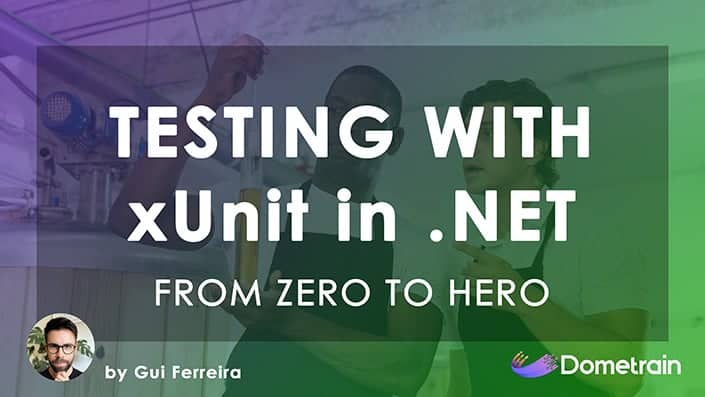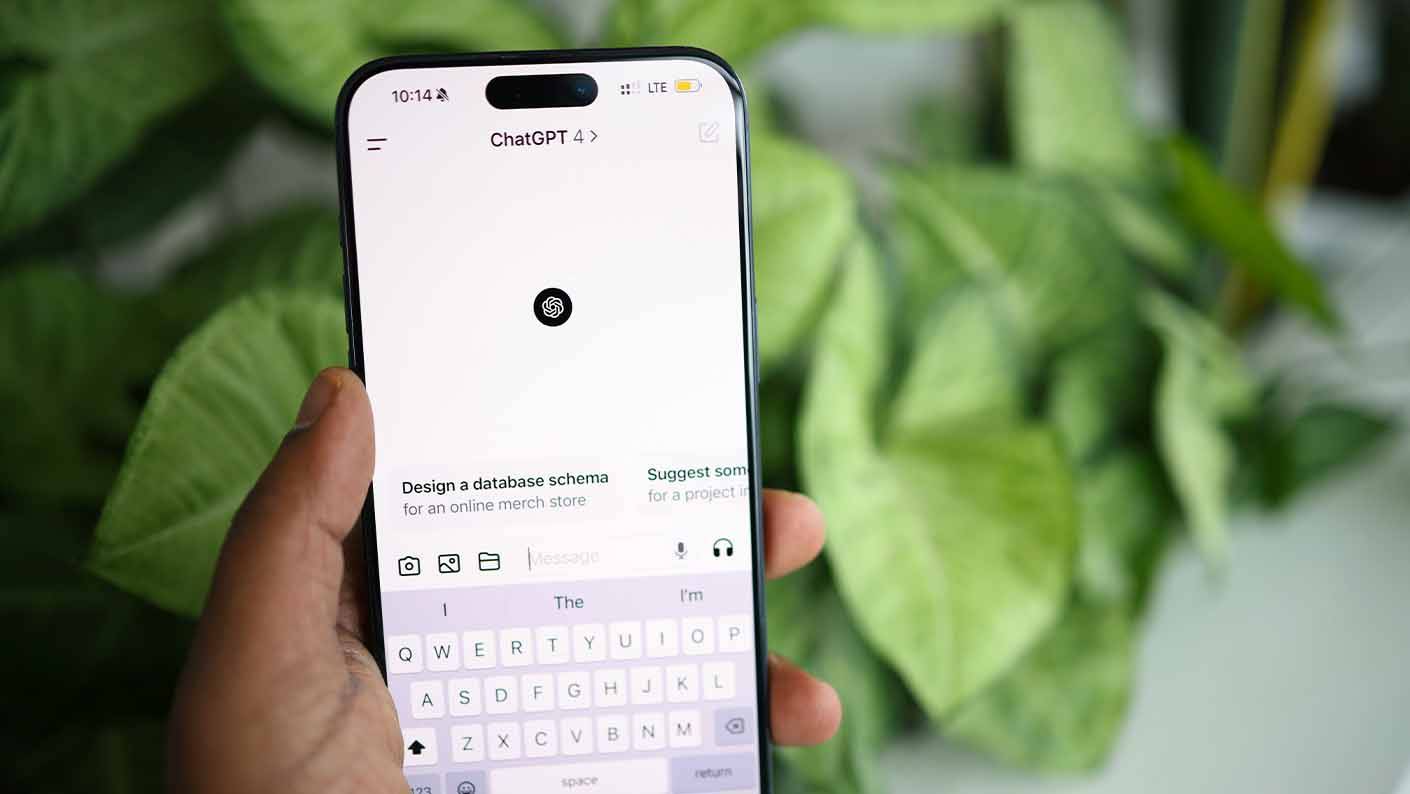From Zero to Hero: Minimal APIs in .NET with C#
Learn how to build efficient, scalable applications with Minimal APIs in .NET. This course covers essential techniques for creating lightweight, high-performance web APIs. Perfect for .NET developers!
About This Course
Course Curriculum
Meet Your Instructor
© 2025 Dometrain. All rights reserved.












